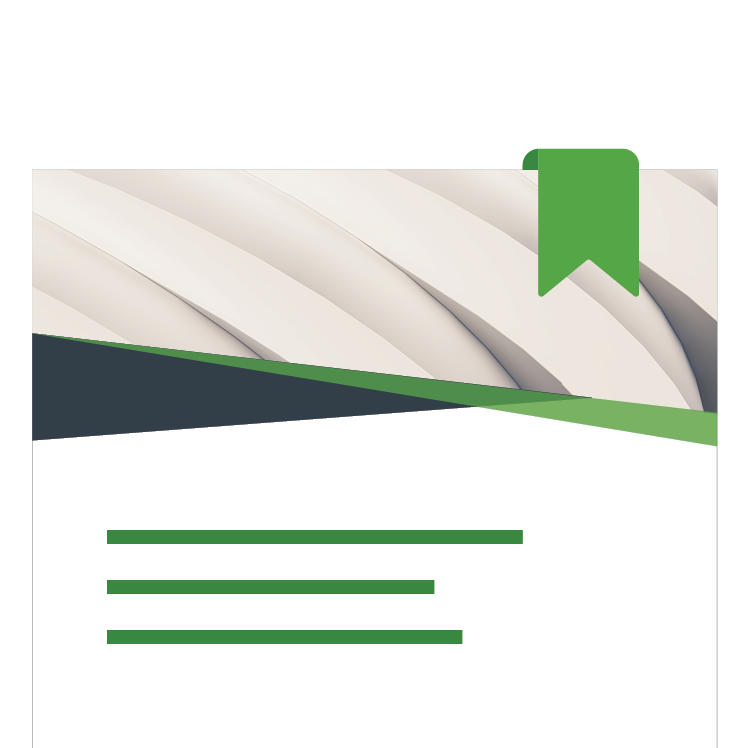A playbook for endowments and foundations (E&Fs) to help navigate higher inflation
Despite having an inflation-sensitive investment objective, E&Fs haven't had to worry much about inflation over the past decade. Now, in a world where inflation has jumped as high as 9%, do we expect elevated levels to persist? And can E&Fs still meet their return objectives?
- We believe that secular inflation will average approximately 3% going forward, a materially higher level than over the past 20 years.
- Our research shows that the real wealth1 of a portfolio of 70% stocks/30% bonds starts to erode when inflation nears or exceeds 3%, as the investment portfolio’s returns are insufficient to offset 5% annual spending and higher inflation levels.
- E&Fs with a 5% annual spending policy should consider targeting an 8% nominal return2 (3% inflation + 5% annual spending policy) in order to preserve real spending power.
- We believe E&Fs should consider including a dedicated allocation to inflation hedging assets to help preserve their real spending power. A variety of public asset classes may serve as an inflation hedge, including commodities, commodity related equities, and Treasury Inflation-Protected Securities (TIPS). Private assets including private equity, private credit, private infrastructure, and private real estate have also historically demonstrated a positive correlation to inflation.
- We do not recommend a “set it and forget it” inflation-hedging allocation. Asset selection and sizing of inflation hedges should vary depending on the level of inflation, inflation’s rate of change, the level of economic growth, and the risk profile of the inflation-hedging asset class itself.

Next steps to consider

Endowments & Foundations
See how our tailored solutions help endowments and foundations navigate the evolving market and work toward their investment objectives in service to their mission.
Learn more

Custom Investment Solutions
Discover how our investment solutions can be tailored to meet your unique goals and objectives.
Learn more

Alternative Investments
Discover a wider range of new investment opportunities with our growing lineup of alternative investments.
Learn more
Related insights
View all


Past performance is no guarantee of future results.
Views expressed are as of the date indicated, based on the information available at that time, and may change based on market and other conditions. Unless otherwise noted, the opinions provided are those of the authors and not necessarily those of Fidelity Investments or its affiliates. Fidelity does not assume any duty to update any of the information.
- Real wealth is defined as assets under management less the impact of inflation and annual spending.
- Based off our inflation assumptions as of June 30, 2023.
For important information, see the full linked content.




